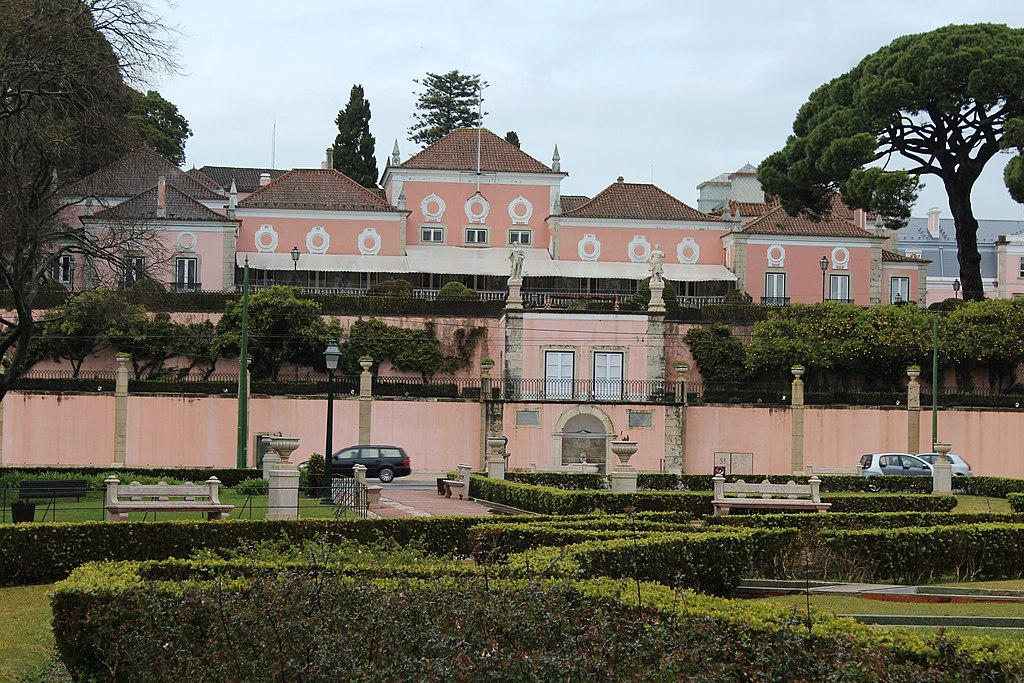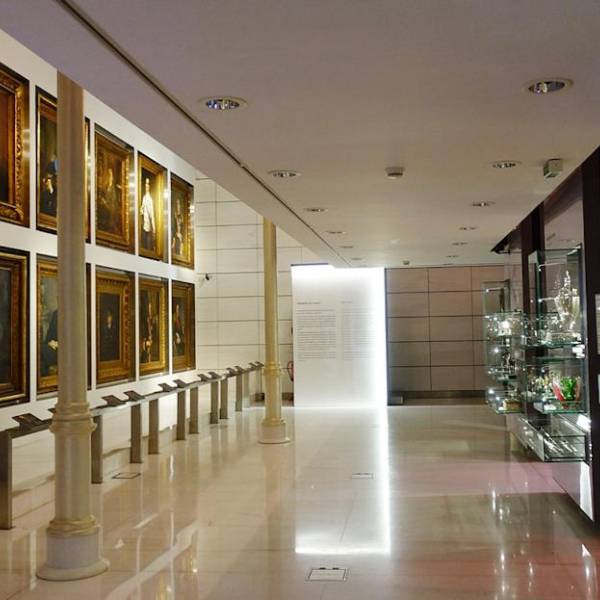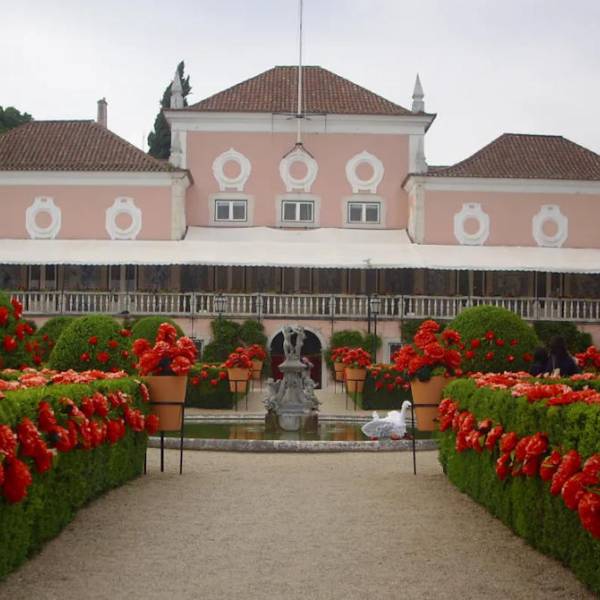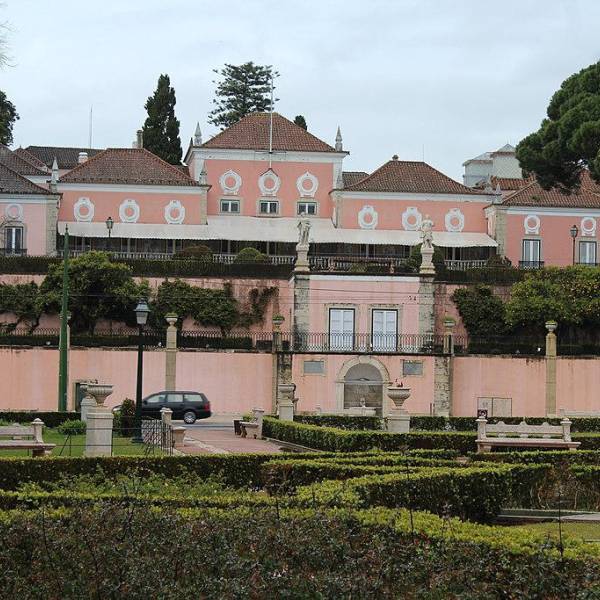In 1726, King John (João) V purchased the Quinta de Baixo and Quinta do Meio parcels and neighboring farmlands to create a summer home. Reconstruction of the palace took place under the supervision of architect João Pedro Ludovice. Maria Anna of Austria, Queen of Portugal resided there by 1754. Following the 1755 Lisbon earthquake, repairs were carried out to address superficial damages.
Throughout the 18th and 19th centuries, various architects and artists contributed to the expansion and beautification of the palace. Mateus Vicente de Oliveira undertook reconstruction, including the construction of the Neoclassical horse training arena, which now houses the National Coach Museum (Museu Nacional dos Coches). The palace served as a royal residence until the departure of the royal family to Brazil in 1807 during the French invasions.
Lisbon.vip Recommends
In the early 20th century, interior remodeling was undertaken by Rosendo Carvalheira, and a visitors' house was added to receive foreign delegations. The palace also became the official accommodation for visiting heads of state, princes, and foreign missions. In 1910, a royal decree transferred the palace to the Treasury for this purpose.
Today, the Belém Palace stands as a symbol of Portuguese history and serves as the residence and workplace of the President of Portugal. Its rich architectural heritage, stunning gardens, and historical significance make it a prominent landmark in Lisbon.






